SS 553:2016 is the Singapore Standard Code of Practice for air-conditioning and mechanical ventilation in buildings. This standard provides comprehensive guidelines to ensure that these systems are designed, installed, and maintained to achieve optimal indoor air quality, thermal comfort, energy efficiency, and fire safety. Below are the key highlights and components of SS 553:2016:
Overview of SS 553:2016
Purpose: The main objective of SS 553:2016 is to ensure the safety, health, and comfort of building occupants through effective design, installation, operation, and maintenance of air-conditioning and mechanical ventilation systems.
Key Components of SS 553:2016
- Design and Installation:
- Ventilation Rates: Specifies minimum ventilation rates to ensure adequate fresh air supply and proper indoor air quality.
- Thermal Comfort: Sets guidelines for maintaining indoor temperature and humidity levels for occupant comfort.
- System Sizing: Provides criteria for appropriately sizing HVAC systems to meet the specific needs of the building.
- Ductwork and Air Distribution: Establishes standards for the design and installation of ductwork to ensure efficient air distribution and minimize leakage.
- Operation and Maintenance:
- Routine Inspections: Requires regular inspections to ensure systems are functioning correctly and efficiently.
- Filter Maintenance: Specifies guidelines for the replacement or cleaning of air filters to maintain air quality.
- Cleaning Protocols: Outlines procedures for cleaning ducts and components to prevent the buildup of contaminants.
- Fire Safety:
- Fire Dampers and Smoke Control: Details the installation and maintenance requirements for fire dampers and smoke control systems.
- Emergency Ventilation: Specifies systems to provide ventilation during fire events, including the removal of smoke and toxic gases.
- Energy Efficiency:
- Energy Management: Encourages the incorporation of energy-saving measures and technologies in the design and operation of HVAC systems.
- Control Systems: Recommends the use of control systems to optimize HVAC performance, reducing energy consumption while maintaining comfort and air quality.
- Health and Safety:
- Indoor Air Quality Monitoring: Requires monitoring to ensure indoor air quality meets health and safety standards.
- Occupant Comfort: Addresses factors such as noise levels and air movement to enhance occupant comfort.
Compliance and Application
- Scope: SS 553:2016 applies to both new construction projects and significant renovations of existing buildings where HVAC systems are installed or upgraded.
- Professional Involvement: Compliance typically requires the engagement of qualified professionals, such as mechanical engineers and HVAC specialists, to ensure systems are designed and maintained in accordance with the standard.
Benefits of SS 553:2016
- Enhanced Air Quality: Ensures indoor air quality is maintained at healthy levels, reducing the risk of health issues.
- Improved Comfort: Helps maintain comfortable indoor environments, enhancing occupant satisfaction and productivity.
- Increased Fire Safety: Provides guidelines to improve fire safety, protecting occupants and property.
- Optimized Energy Efficiency: Promotes energy-efficient practices, reducing operational costs and environmental impact.
Important Updates in SS 553:2016
- Updated Ventilation Rates: Revised minimum ventilation rates to reflect current best practices for indoor air quality.
- Advanced Control Systems: Emphasis on the use of advanced control systems for better energy management and system performance.
- Comprehensive Fire Safety Measures: Enhanced requirements for fire and smoke control systems to improve building safety.
- Sustainability Focus: Greater focus on sustainability and energy efficiency in HVAC system design and operation.
Conclusion
SS 553:2016 is a crucial standard for ensuring the effectiveness, safety, and efficiency of air-conditioning and mechanical ventilation systems in buildings. By adhering to these guidelines, building owners and operators can provide safer, healthier, and more comfortable indoor environments while optimizing energy use.
Note: All Password are [“salaimep” or “salaimep.com”]
Download |OneDrive, Google Drive
Also Download – SS 554 2016 Indoor Air Quality PDF Download
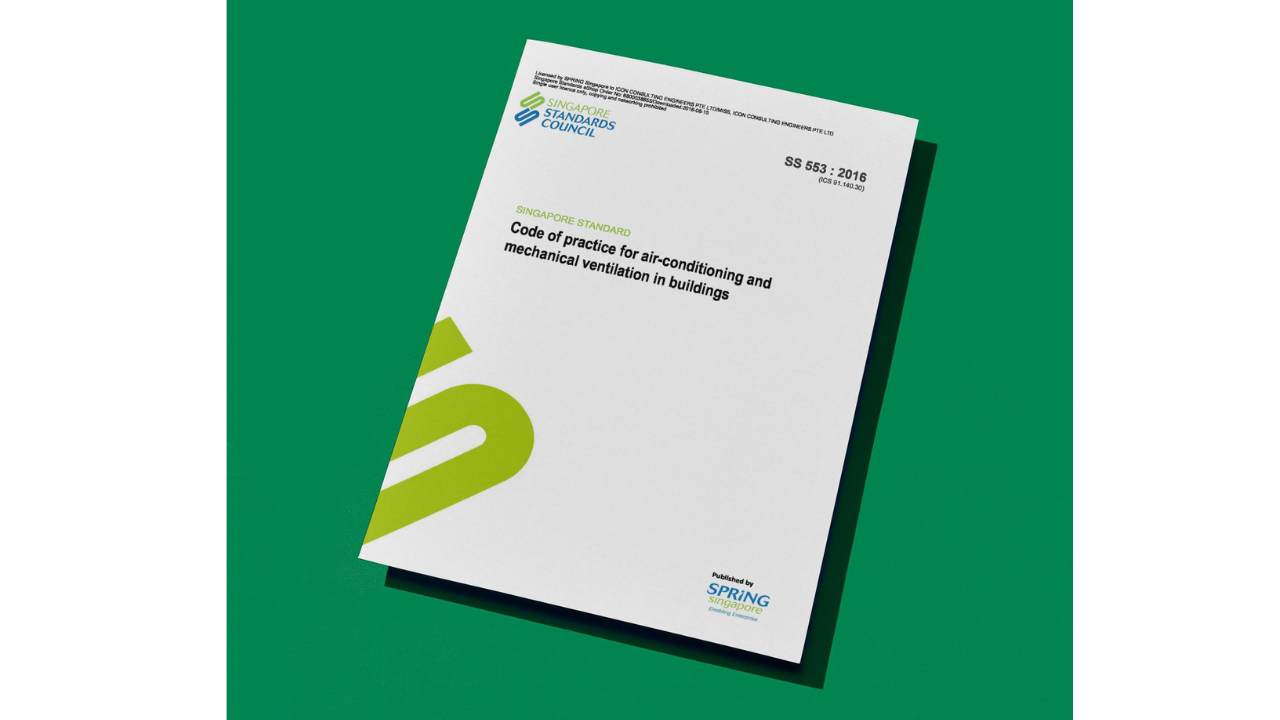
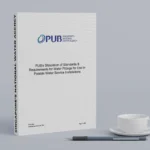
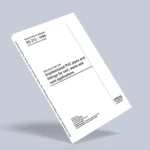




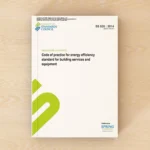
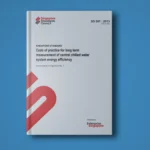
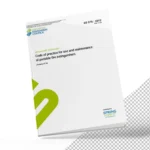
3 thoughts on “SS 553:2016 ACMV in Building PDF Download”